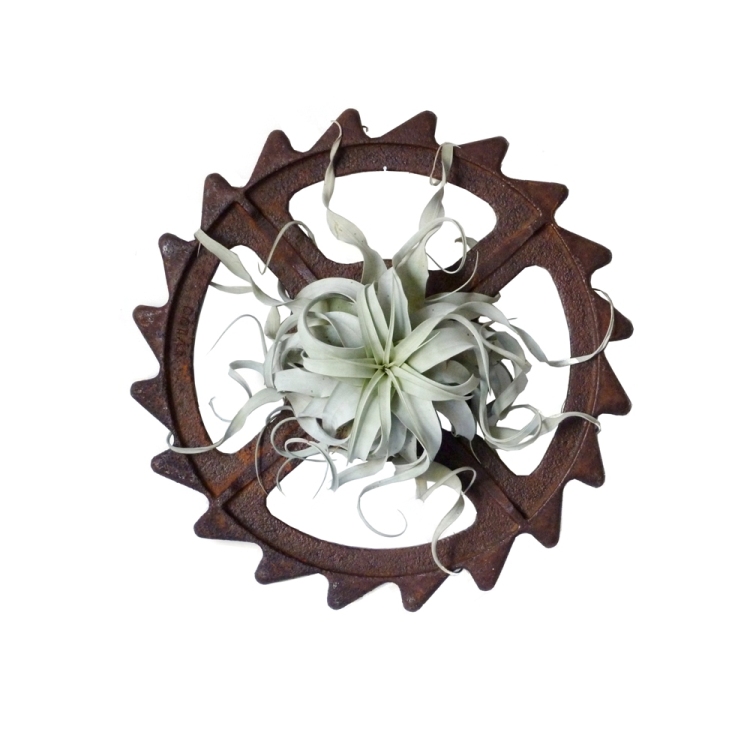 Name: Zsuzsanna Barbu
Name: Zsuzsanna Barbu
Age: 37
Residence: Brooklyn, NY
Favorite thing about NY: I'm from a European small town so I always crave the simplicity of that lifestyle. However, having lived in New York for almost 10 years - and especially now as a small business owner - it would be hard to imagine life without the conveniences of having everything at my fingertips from food delivery to doggie day care.

Ok, we have to ask - how did you get into air plants, of all things? Did it start as a hobby? I had played around with making mini succulent gardens for a while using vintage boxes, tins, flour sifters, and anything that I thought was fun. I came across air plants when I bought two little ones for my husband and I was instantly in love with them. Within a few months we ended up with a large collection, and after some research and experimentation I started gifting arrangements to friends and family. In the meanwhile, I closely monitored their subtle transformations, admired their flowers, witnessed their offsetting process (they grow little baby plants at their bases), and started to realize their potential. They are amazingly versatile, resilient, very easy to maintain, and ship. They are also the perfect plants for city living so it was a no-brainer to add them into the mix of my creations. My friends and family encouraged me to start selling the arrangements, so I did. That's how Roots in Rust was born.
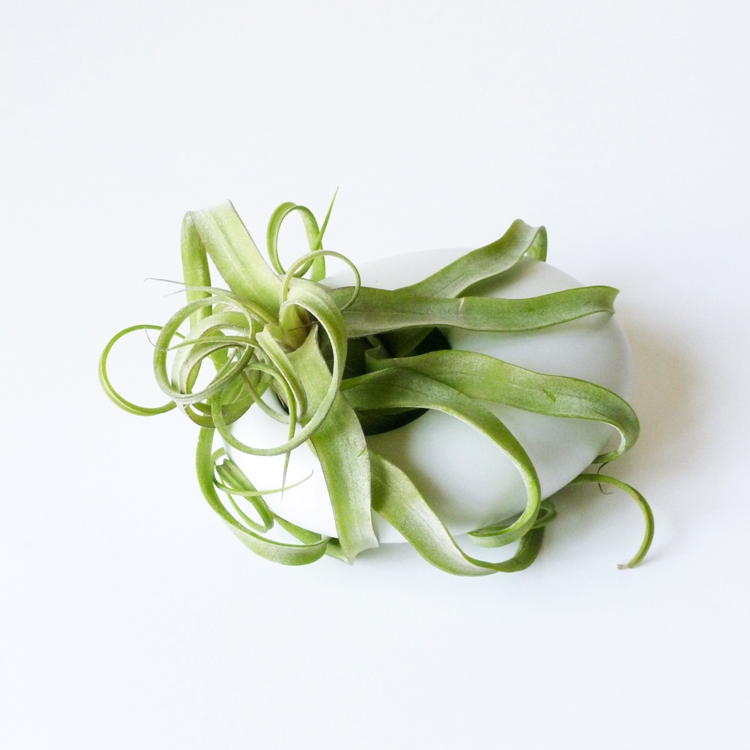
How and when did you decide to turn this into a living? Since I was a little girl, I always wanted to do something creative. At the end of 2011 my old company started consolidating roles, and while I enjoyed working for them for the previous 6 years, this specific position was not for me. I took this as a sign that it was time to finally put my creativity to work.
What was life before Roots in Rust? - as I mentioned, I was working in the corporate world. I worked the standard 50+ hours a week (I don't think anyone works 9-5 anymore), and spent my weekends hiking and biking with my husband and our friends, and the rest of my free time with making vintage decor and plant arrangements. I will admit that one benefit of a "regular" job was that it provided a clearer separation between work and leisure, which is something that I miss.
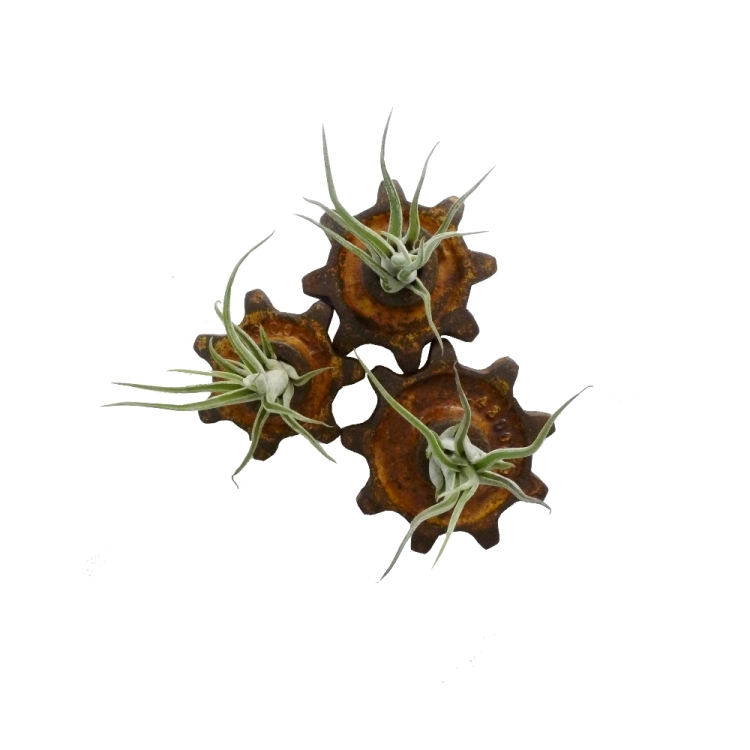
What inspires your designs? What inspires you in your career? - Seeing beautiful old objects laying around without a purpose felt like such a waste, so I began finding ways to give them new functionality. I love to create unique, organic pieces and my goal is to only "mold" them as much as necessary while still communicate their origin. I visited Paris for the first time when I was 17 and have been in love with its gorgeous wrought iron balcony railings covered with ivy and beautiful flowers. The curves, the patterns, the gracefulness of the designs are breathtaking. Those memories started me on the road of reusing wrought iron fence and ornate window guard pieces in my Architectural collection. Using parts of old tools and objects are an homage to my grandparents' farm where I spent my childhood summers. These arrangements make up my Industrial, Barnyard, and Vintage lines. In addition to the planters, I also make soap dispensers out of antique mason jars, clocks out of saw blades, and other fun, repurposed home decor. There is something really intimate about creating with materials and objects that were made and used a long-long time ago. The process is also environmentally responsible which is very important to me.
Describe how your pieces come about - do you begin with a specific idea or vision, and search for the item (a windowpane, a block etc) or do you scavenge old materials with an open mind? - It depends. With the windows the idea was first. My husband and I turned an old church window into a mirror for our home, and I knew I wanted to use old window frames in my work somehow. So I ended up with several different designs including the "Terrarium" and the "Floating" windows, which are two of my best sellers today. Alphabet blocks are the perfect way to create personalized, fun planters that people love for themselves as well as to gift.
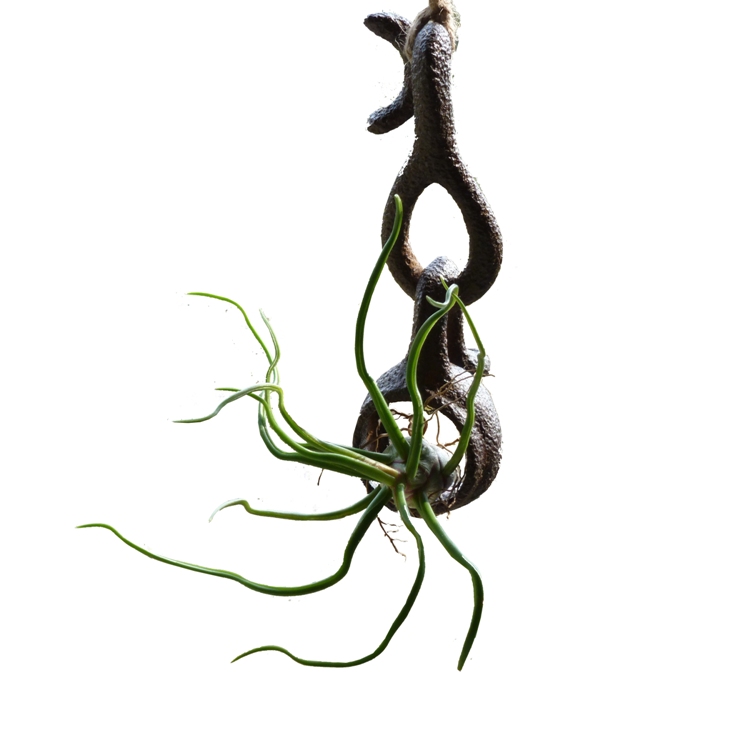 On the other hand, I often come across beautiful, raw objects and I immediately see their potential. The challenge is to match the right plant with the right piece not only aesthetically, but to be sure they complement each other in size and shape. I love to work with my hands so the process of reviving old objects is also really gratifying.
On the other hand, I often come across beautiful, raw objects and I immediately see their potential. The challenge is to match the right plant with the right piece not only aesthetically, but to be sure they complement each other in size and shape. I love to work with my hands so the process of reviving old objects is also really gratifying.
What does your typical day look like? - after breakfast I head to the studio to work on new designs, take photographs, saw, drill, paint, water the plants, or get ready for the next show. Around 2 I head home to grab lunch and walk Pepper, our doggie. We go to the park for an hour or so then play at home for a bit. Then I either go back to the studio or get on the computer. I answer emails, print labels for online orders, work on my website, edit photos, do accounting, and everything that involves sitting at a desk. Which is A LOT. I take a break for dinner around 7 and spend time with my husband. After this downtime I sometimes go back to work until about 10:30.
What is the most rewarding thing about having your own company? Seeing my customers' faces light up when they see my work. Getting excited emails and photos about how they displayed them, how much they love and appreciate the artistic element in what I do. I feel that in today's world - more than ever - it is essential to build relationships with your customer. Like Seth Godin puts it: ""We are in an era of handmade insights, of human beings who touch other human beings in some way, making change happen". I'd like to think that I contribute to this process.
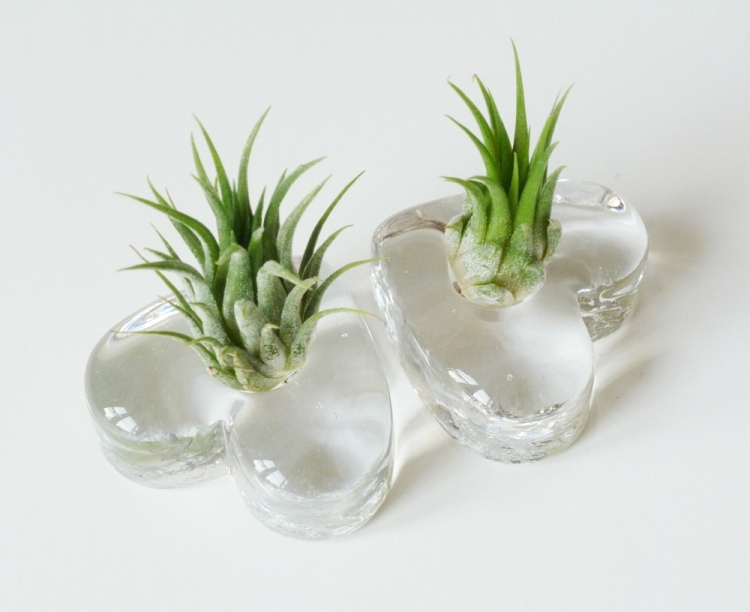
What do you know now that you wish you knew as you were building your company? My Mom is a children's clothing designer so I thought I was familiar with the "non-stop" nature of a small business. But in truth, nothing can prepare you for the 24/7. You have to be extremely disciplined to not lose control, and since I'm a type-A personality, I was in for a big surprise when I had to realize that I just can't do it all. I had to learn to let go of certain things from keeping the house neat all the time, to responding to every email within an hour. And the most important thing is to always find time for family and friends.
What's next for Roots in Rust? - The ultimate goal is to launch my own line of planters by early Summer. I have so many ideas and now I feel ready to bring some of them to reality. I'm very excited about this and - without giving away too much - I can tell you that I'm going to continue using reclaimed materials. I'll also be adding some that I haven't used before, which makes the process all the more exciting. I'm planning to do some more custom installations, and - if I have time left - I'd like to start a corporate gift line. It will be a busy year!
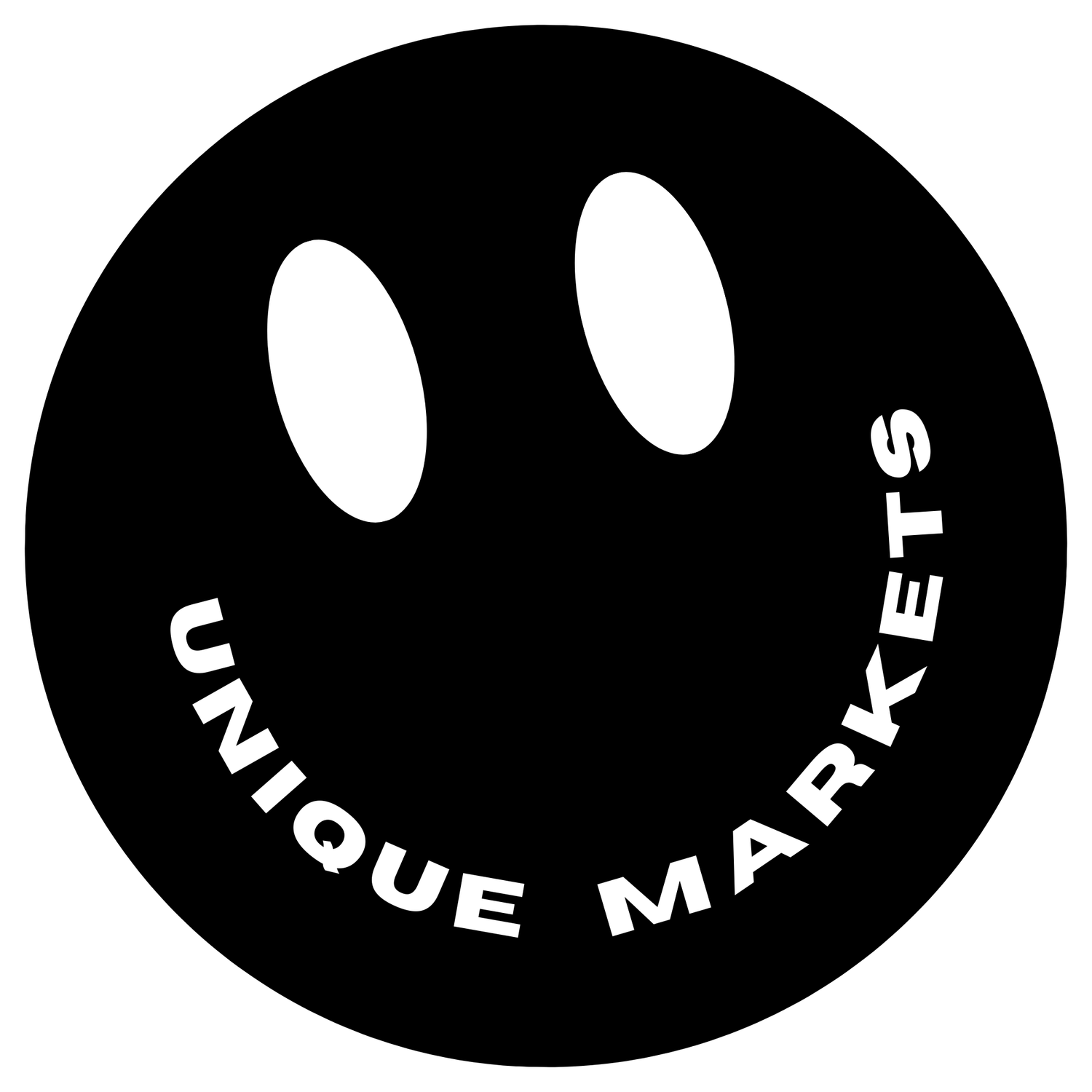

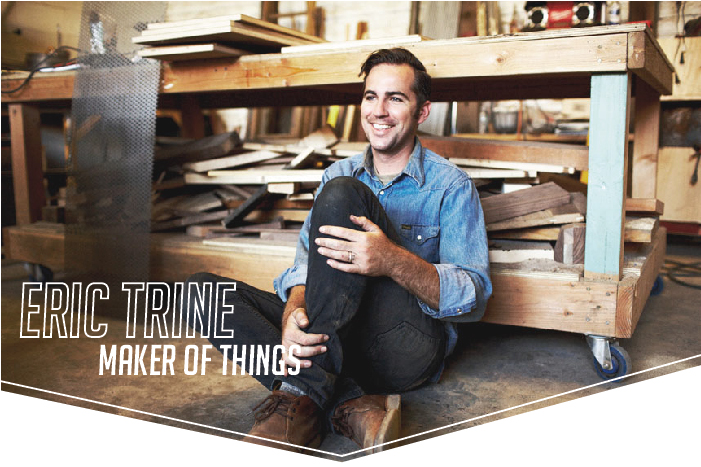 We sit down for a very insightful Q&A with the "Maker of Things",
We sit down for a very insightful Q&A with the "Maker of Things", 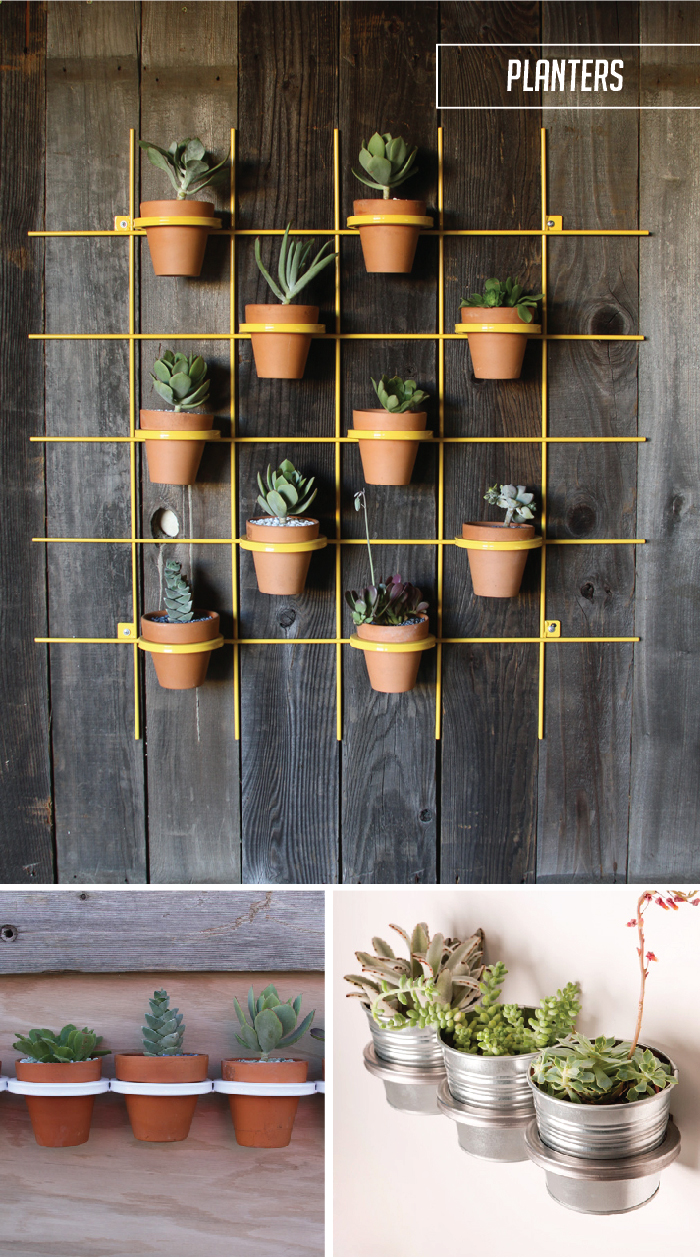
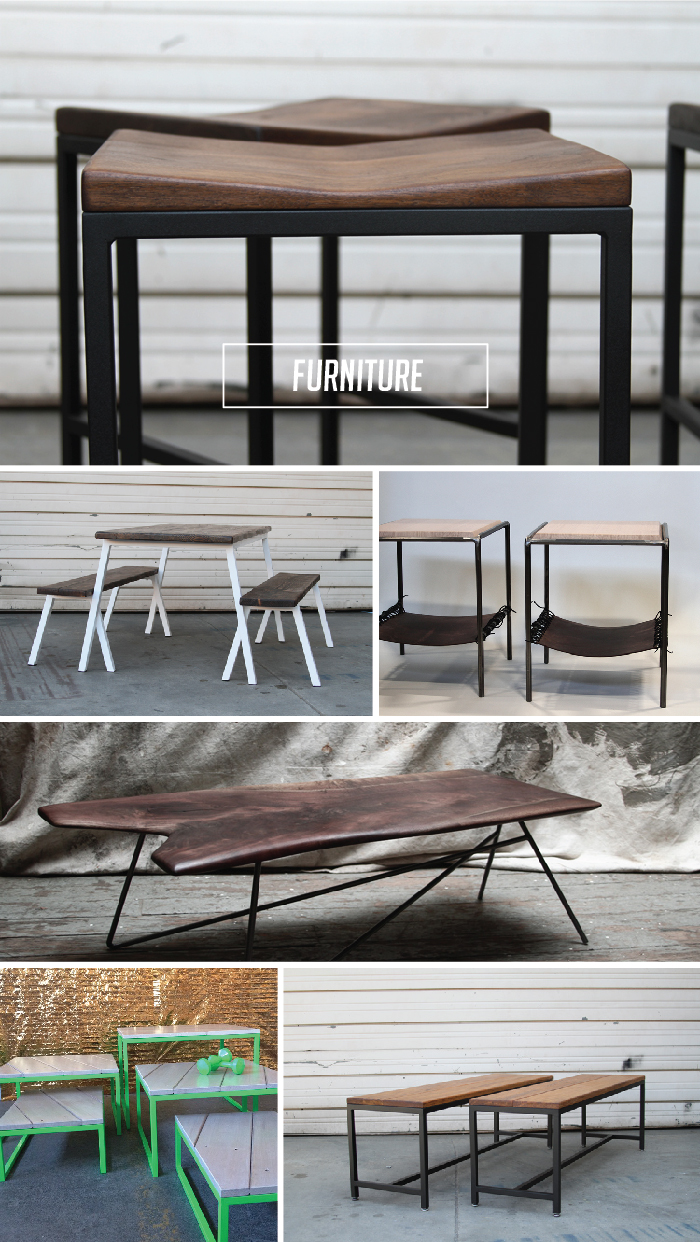
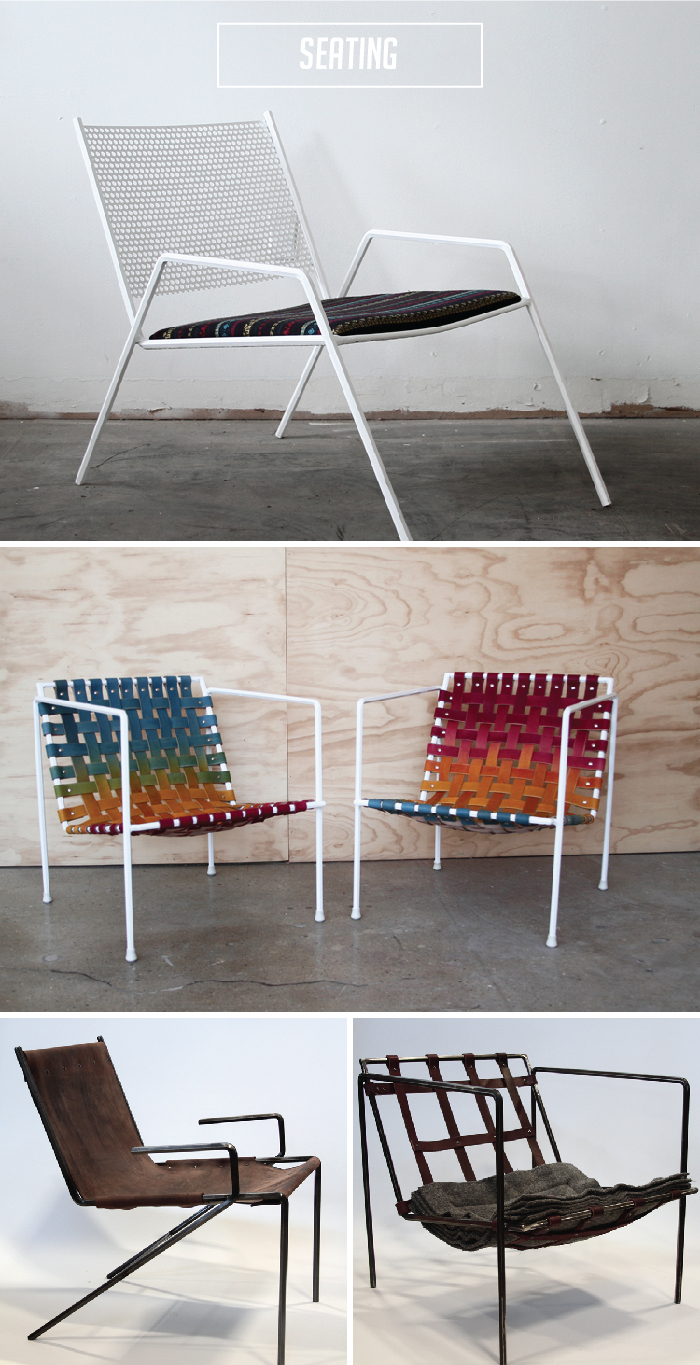
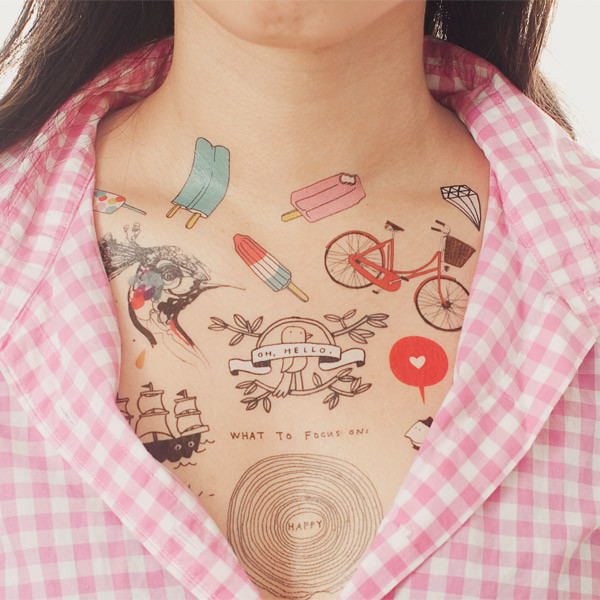
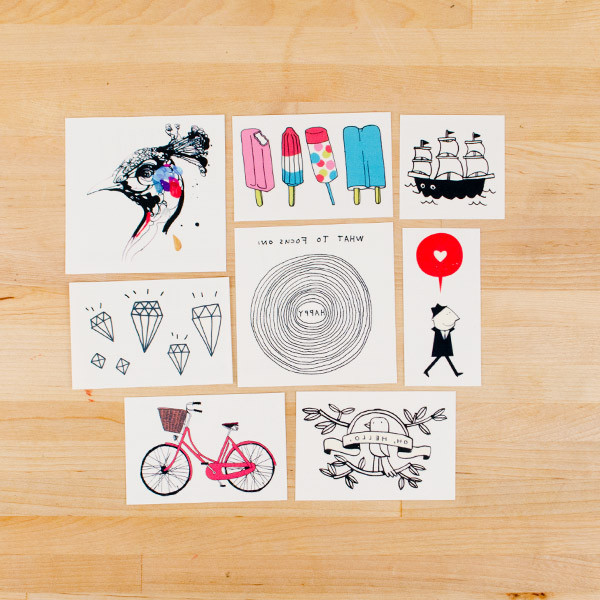
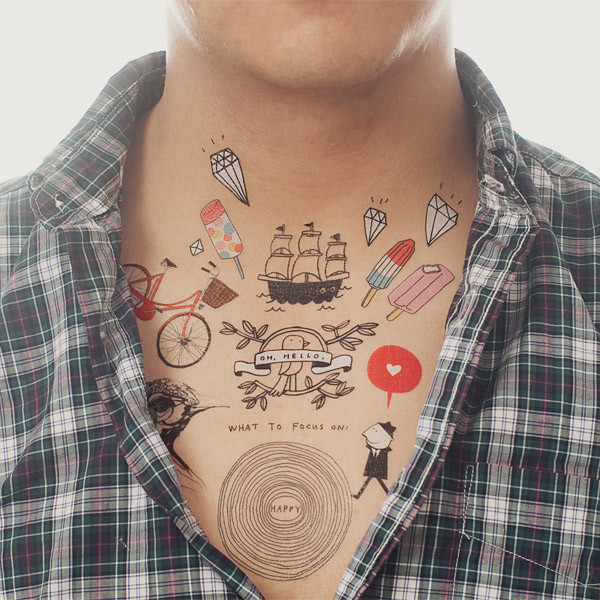
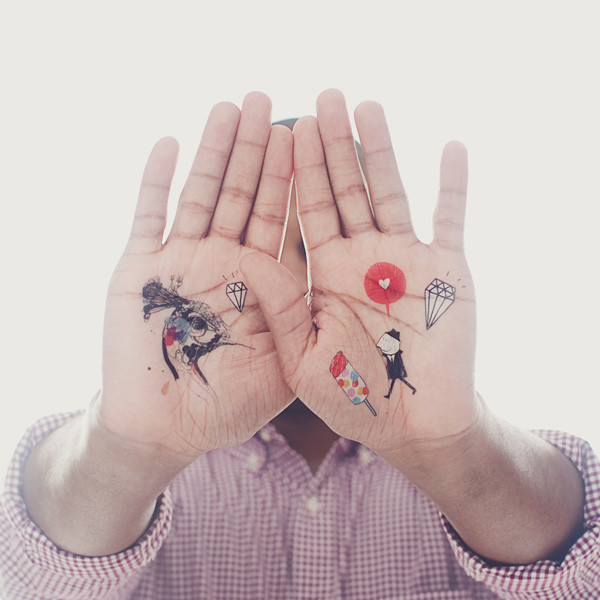




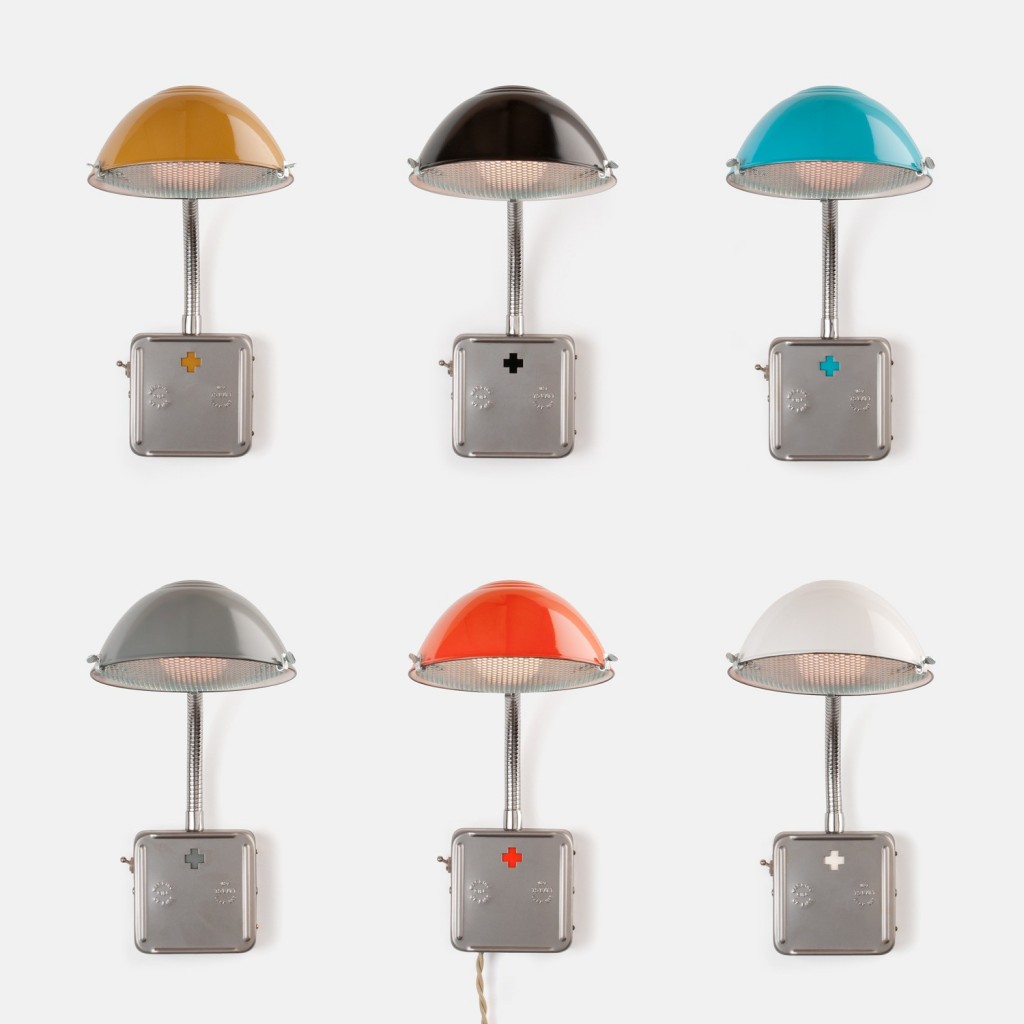 Originally inspired by a light used on an industrial parts washer, this
Originally inspired by a light used on an industrial parts washer, this 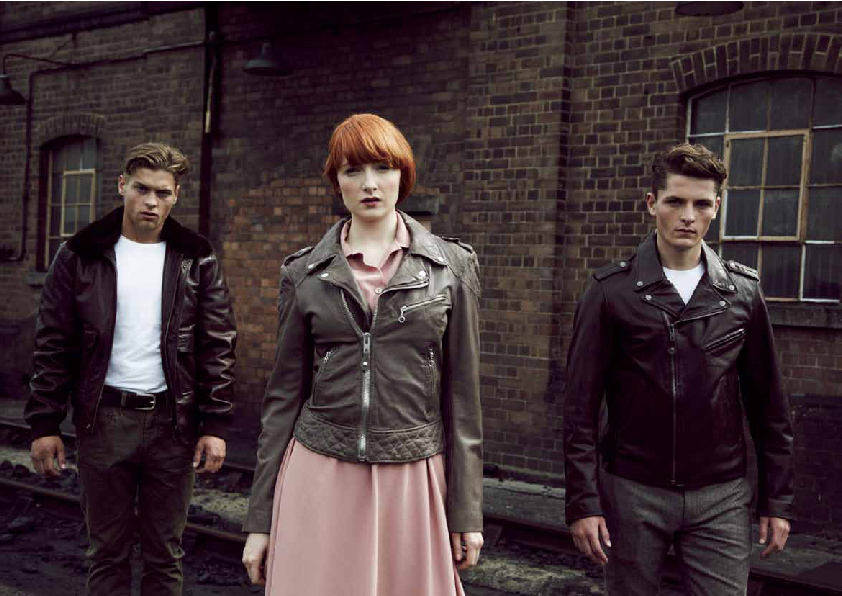 They were the first company to put zippers on jackets. They helped make icons out of James Dean, Bruce Springsteen, and the Ramones. When you think of the iconic American leather jacket, you're thinking of
They were the first company to put zippers on jackets. They helped make icons out of James Dean, Bruce Springsteen, and the Ramones. When you think of the iconic American leather jacket, you're thinking of 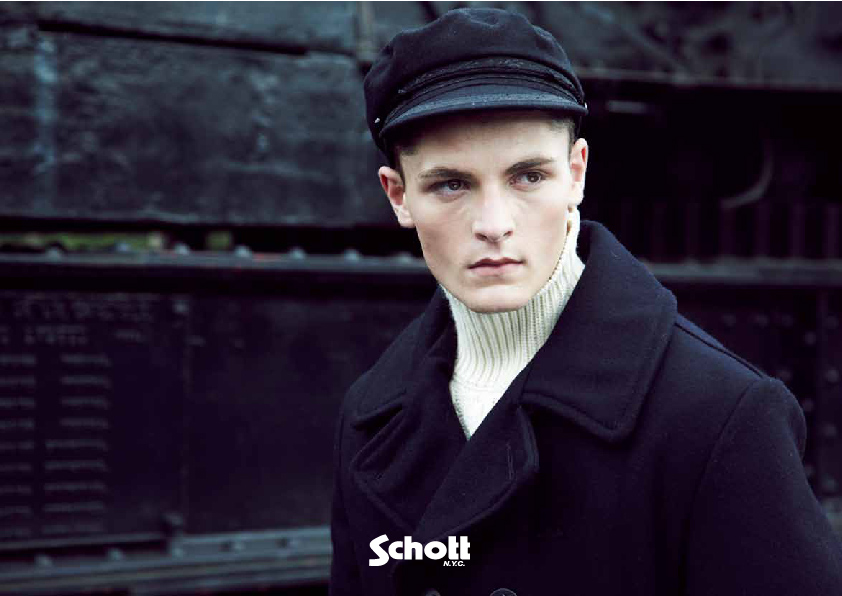
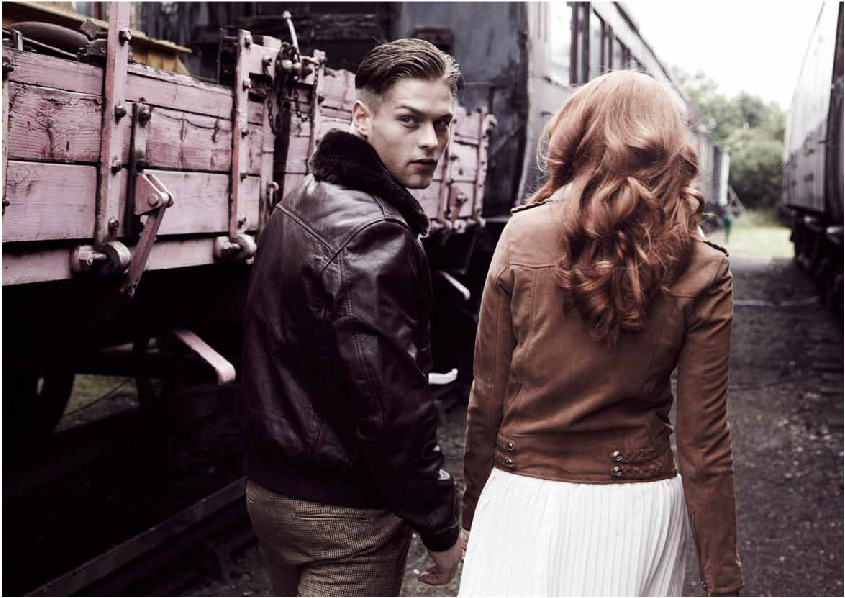
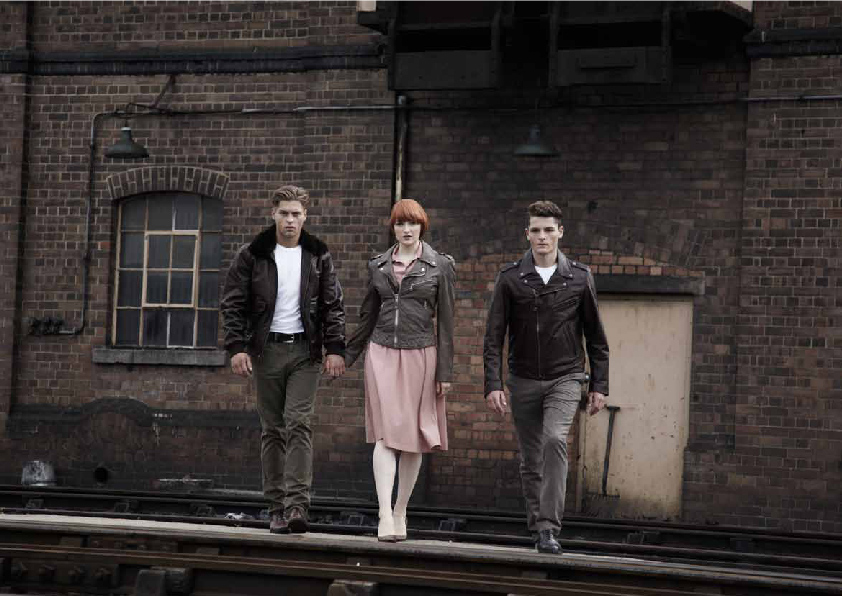
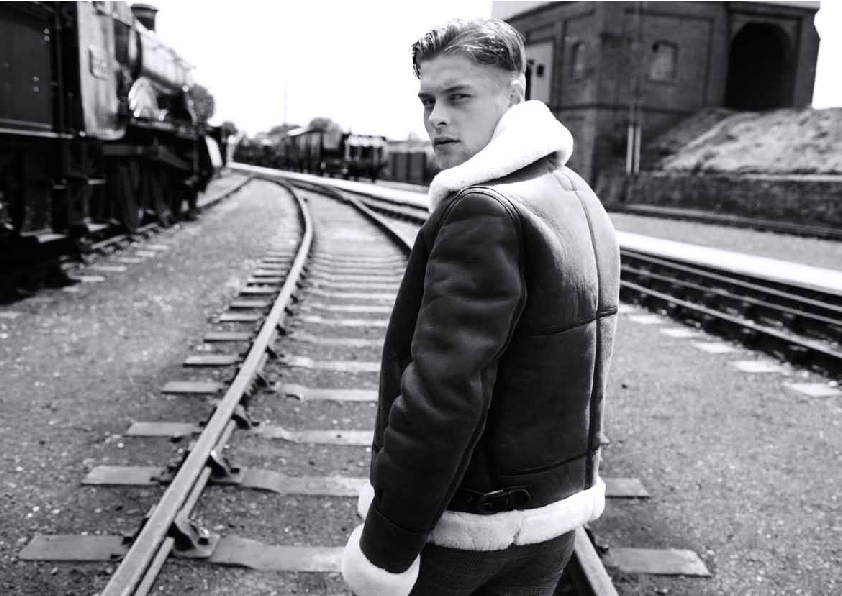

 The
The 
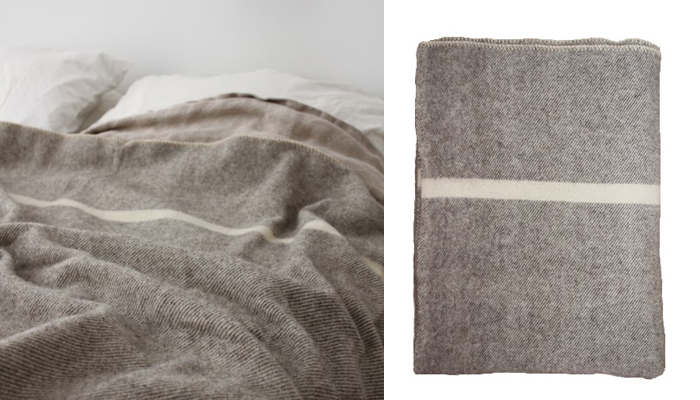

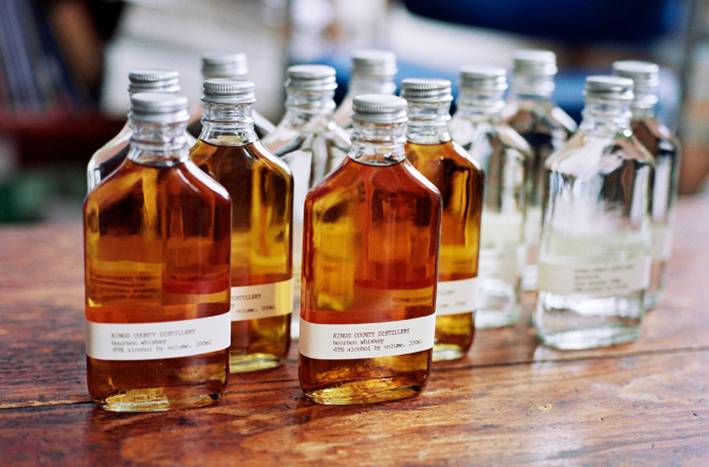 If you think that not enough products are made in the USA, you're obviously not drinking enough! Founded in 2012,
If you think that not enough products are made in the USA, you're obviously not drinking enough! Founded in 2012, 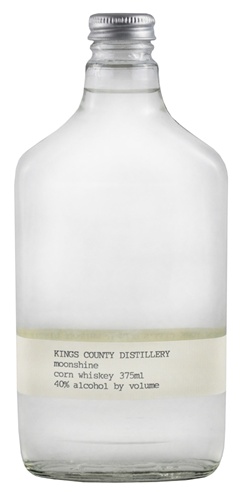


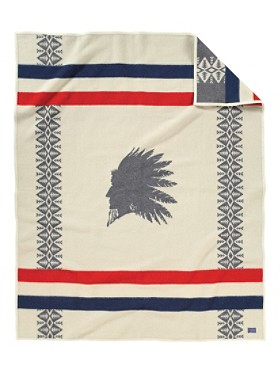
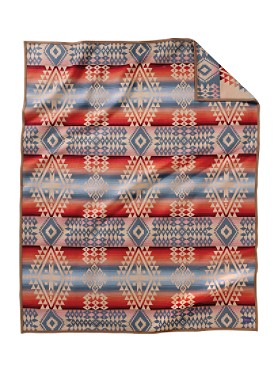
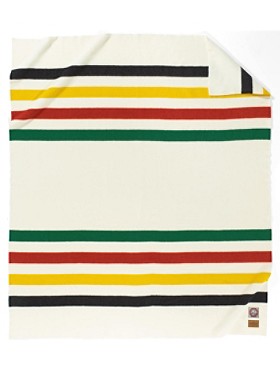
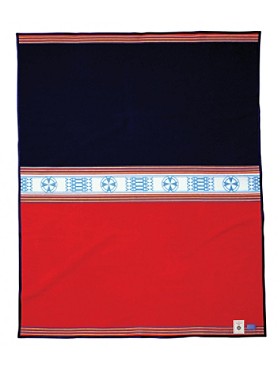
 The minimalist in you needs to know about
The minimalist in you needs to know about 


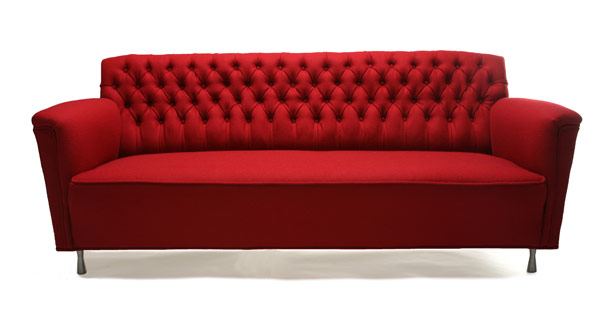
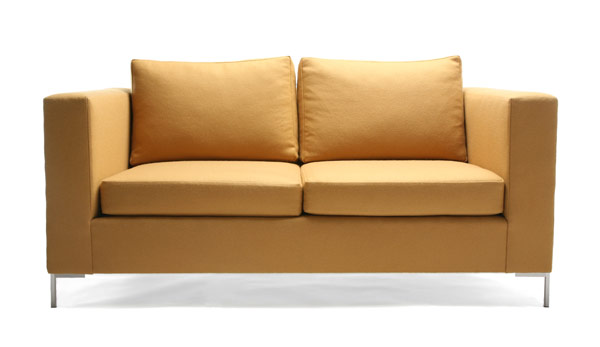
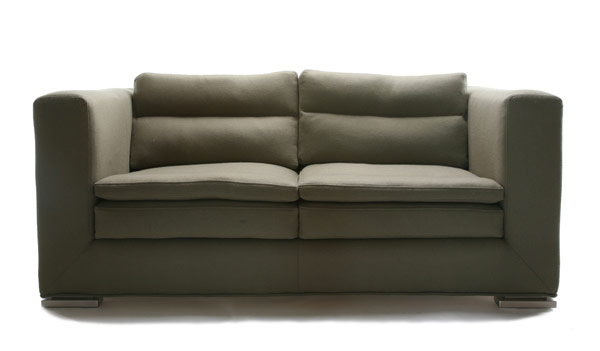



 Name: Zsuzsanna Barbu
Name: Zsuzsanna Barbu


 On the other hand, I often come across beautiful, raw objects and I immediately see their potential. The challenge is to match the right plant with the right piece not only aesthetically, but to be sure they complement each other in size and shape. I love to work with my hands so the process of reviving old objects is also really gratifying.
On the other hand, I often come across beautiful, raw objects and I immediately see their potential. The challenge is to match the right plant with the right piece not only aesthetically, but to be sure they complement each other in size and shape. I love to work with my hands so the process of reviving old objects is also really gratifying.